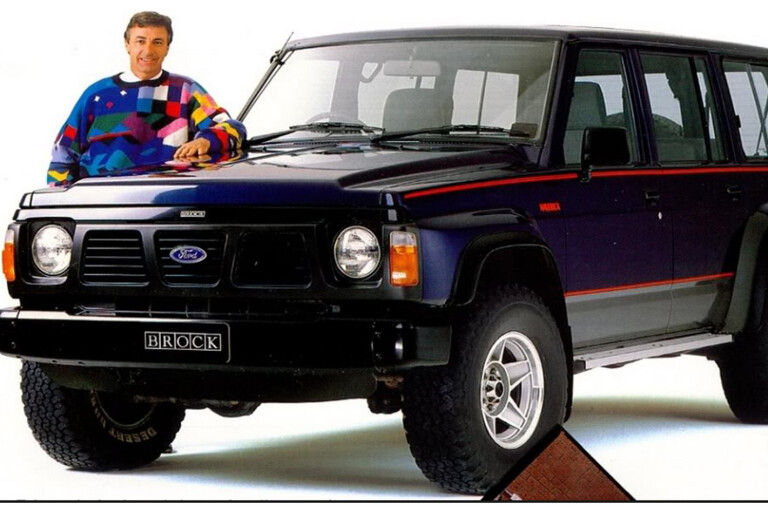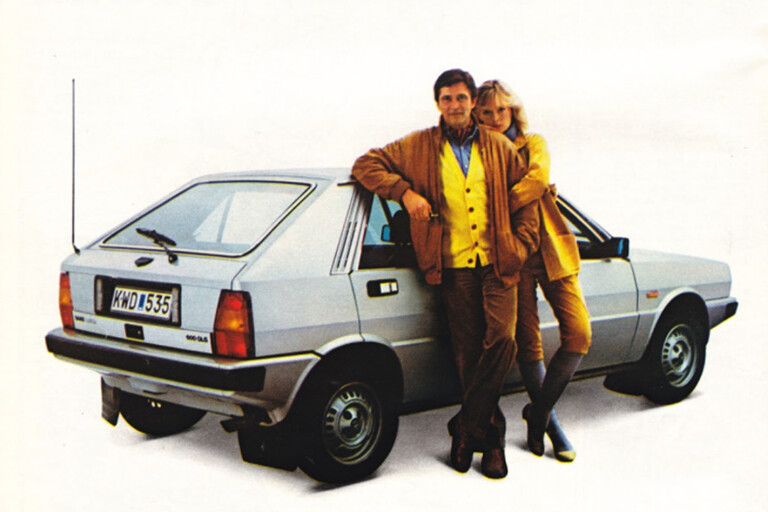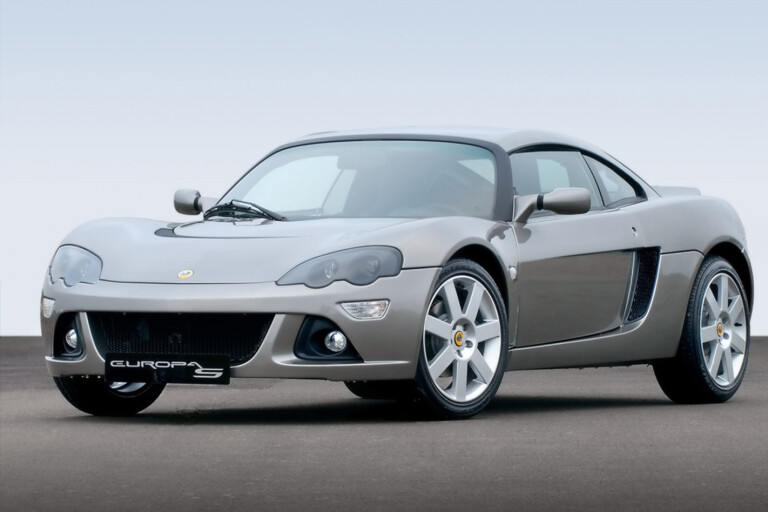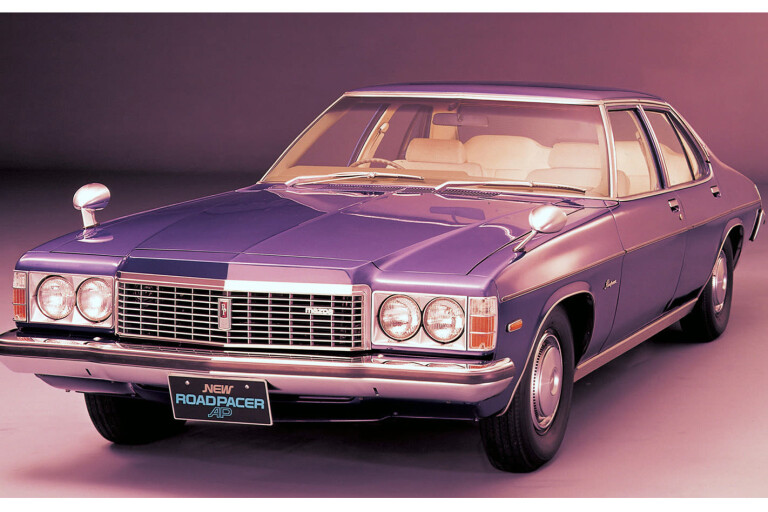
The best automotive joint ventures are wonderful things. Subaru and Toyota teaming up to bring us the magical BRZ/86 or Audi and Lamborghini’s incredible tech cross-pollination that brought us the R8 and Gallardo spring to mind.
But for every great collaboration, there are more than a few where it all went sour even before the fruits of these ill-starred relationships ever hit showroom floors. Yep, it’s time to point and laugh at the worst automotive collaborations.
McLaren-Mercedes SLR

Just as Ferrari was developing the Enzo and Porsche the mighty Carrera GT, McLaren and Mercedes partnered to bring us the ill-conceived SLR. Ignore the fact that you could buy the much prettier SL55 AMG with much the same engine and gearbox for a third of the price and instead mull this thought over for a while. McLaren’s designer Gordon Murray said this ahead of the car’s launch. “It embodies the qualities expected in a Mercedes-Benz with the performance expected of a McLaren… we see it as the first ever crossover supercar."
Thing is, people didn’t want a crossover supercar. They wanted a supercar. One with mid-engined proportions, a certain lack of accessibility and a Latin temperament. Something like a Lamborghini Murcielago LP640 was half the price. Even a Pagani Zonda was a good deal cheaper. That was reflected in sales. The original goal for the SLR was to sell 500 cars annually over a 7 year period. Total sales were 615 units in 2005, 261 units in 2006, and 275 units in 2007, the intervention of the GFC eventually seeing sales run dry at 2157 units. Both parties felt the other had diluted their vision for the vehicles and they were both right. Mercedes-AMG developed the fantastic SLS shortly thereafter and McLaren the groundbreaking 12C, both far more coherent concepts than the schizophrenic SLR.
Alfa Romeo Arna

When called upon to replace the iconic Alfasud, funds at Alfa Romeo were a little tight. Back in 1980, the company decided to embark on a joint venture with Nissan which appeared to promise all sorts of benefits. What could be better than slinky Italian styling and chassis know-how allied to the engineering durability of the Japanese? Unfortunately the Alfa Romeo Arna and its badge-engineered sibling, the Nissan Cherry Europe, didn’t pan out like that.
These 1983 model year dungers paired Nissan’s blandest styling and most inept handling with the mechanical flakiness of 1970s Alfa. It was the classic case study in destructive synergies and both cars bombed. Only three years later, the Italian government sold state-owned Alfa to Fiat who quietly took the Arna out back and shot it.
Toyota Lexcen

United Australian Automobile Industries has a lot to answer for. Holden’s previous joint venture with Nissan spawned the Commodore VL Turbo, which has since acquired something like deity status, so the following tie-up with Toyota, spawned from the Button Plan had a lot to live up to. We chose the Toyota Lexcen here but we could have chosen the Holden Apollo, based on the Toyota Camry or the Holden Nova, based on the Corolla. There was one common theme amongst the rebadged cars namely that they bombed sales-wise, largely due to half-hearted promotion of the forced relationship.
By the end of 1993, the UAAI venture cars realised sales of 21 percent at best when compared to the models retailed by their original manufacturers. The Lexcen only ever received Holden’s asthmatic 3.8 V6 with automatic gearbox, whereas the Holden version was offered with a choice of V6 and V8 with manual transmissions also offered. The VN-VS II Commodores weren’t bad cars, but the Toyota Lexcen was the fruit of an ill-starred joint venture and was discontinued in 1997 with no replacement.
Saab-Lancia 600

The ‘Type 4’ collaboration is an example of joint ventures done fairly well. It spawned a chassis that underpinned the Lancia Thema, the Saab 9000, the Fiat Croma and the Alfa Romeo 164. A little known offshoot of that deal was the Saab-Lancia 600. Yes, you’re looking at a Lancia Delta with Saab badging, sold exclusively in Sweden, Finland and Norway. Lacking funds to develop their own small car, Saab jumped into bed with the Fiat Group and brought the pert Giugiaro-styled Delta to its Scandinavian markets.
High pricing hampered sales and Italian electricals and bodywork didn’t fare too well in the long northern winters. The gutless front-drive 63kW 1.5-litre GLS and GLE models initially offered are now a very rare sight. Only 6419 ever sold and as of 2012, only 12 were left on the road.
Lotus Europa S

This joint venture was so bad that Proton, who had initially funded the development and provided all manner of build criteria upon its fully-owned subsidiary, Lotus, decided it didn’t want the car. Originally scheduled for build at Proton’s Malaysian production facility, it was decreed that the car would instead be built at Lotus’ plant in Hethel. The turbocharged engine failed emissions certification for the US and Canada, further limiting its sales potential.
Production started in 2006 and was halted in 2010. Some 456 cars were sold in this four year period, Lotus attempting a refresh in 2008 with the SE version. In the end, nobody really wanted a Lotus Elise that was 10% more civilised. The Europa was given a tan leather interior to try to draw in a few more punters but, as a Lotus engineer muttered to me at the time, “Turning that f****** thing into a satchel isn’t going to save it.”
Lotus Europa S review - Unique Cars
Ford Maverick Brock Executive Performance Series

We can discuss that knitwear at a later date, but for now, feast your eyes on the performance icon to the right of shot. Having been given the boot unceremoniously by Holden, Peter Brock did the unthinkable and began spruiking Fords. The Brock Executive Performance (EP) Series Fords weren’t in the same league of tyre-scorching brawn as his HDT Holdens and the nadir of this line was the rebadged Y60 Nissan Patrol that was the Ford Maverick EPIII.
Another product of John Button’s original masterplan, this got 15-inch alloy wheels and RV sports tyres, colour-keyed enhancements including grille, bumpers and wheel arch flares and an optional personalised bullbar. We couldn’t spot an Energy Polarizer on the options list.
Mazda Roadpacer AP

As bad ideas go, importing a Holden HJ Prem, pulling out the lovely red motor, fitting a 13B rotary and selling it in Japan as the Mazda Roadpacer AP is right up there. Maybe Mazda spotted a niche in the market for people who badly needed a car that featured a woeful torque to weight ratio, catastrophic reliability and 28L/100km fuel economy. Pricing the car at 3.8 million yen, about double the price of a contemporary Mazda Cosmo or Luce also did the Roadpacer AP (Anti Pollution) few favours, the car being sold for two years and registering just 840 sales, the lion’s share going to Mazda and Sumitomo executives.
The only GM product to make series production with a rotary lump, the Roadpacer remains a fascinating curio but whereas big engine in a small car is a formula that never gets old, the opposite rarely spells sales success. Cool Roadpacer trivia? Suspension tuning was undertaken by Takao Kijima, who would later be responsible for the suspension design of the Le Mans-winning 787B. And if you thought the Roadpacer was too big for a 13B, spare a thought for the driver of the 3.2-tonne, 13 seater Parkway Super Deluxe bus, which shared an identical 100kW/138Nm lump.



COMMENTS